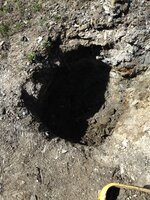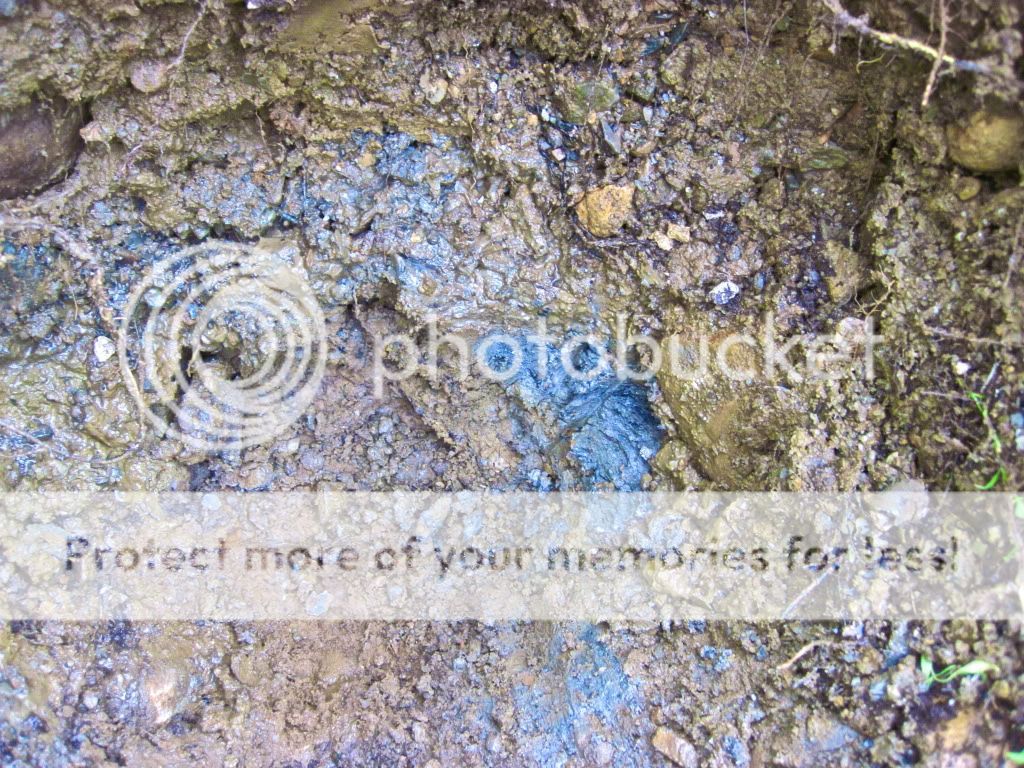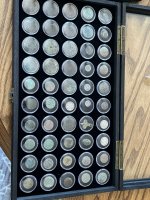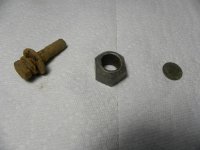Was out doing some digging around this weekend and came across some very weird clay that i haven't seen the likes of before. What caught my eye was the surface dirt was was a dark blue color, did some digging into the ground test panning as i went down. I would say about 70 percent of what was in my pan was pure quartz, tons of it. Whats really weird is that in the walls of the hole i was digging you could make out lines of powdered quartz running through the clay. No test pans showed any gold so i moved on to another hole but i am really intrigued by the material. Im wondering if this is worth pursuing a little more, has anyone worked any material like this?


Upvote
0






